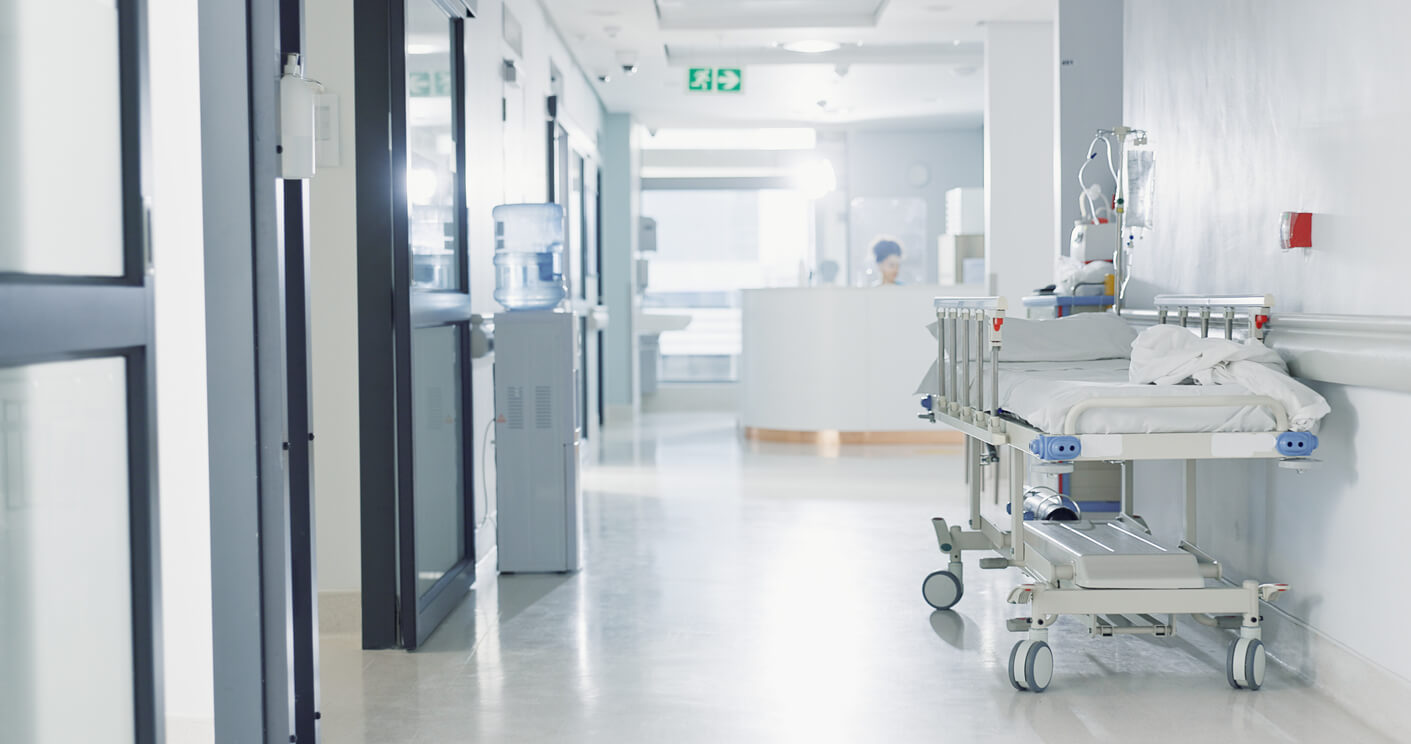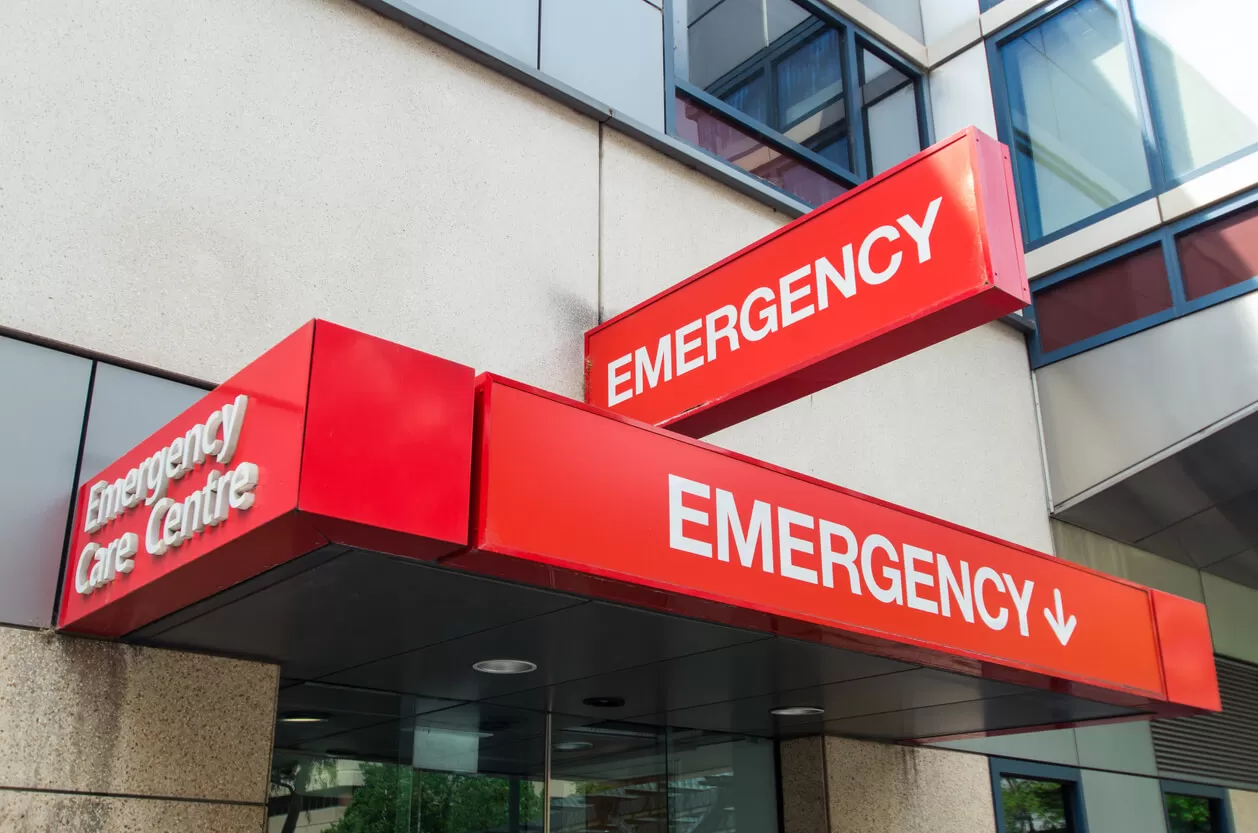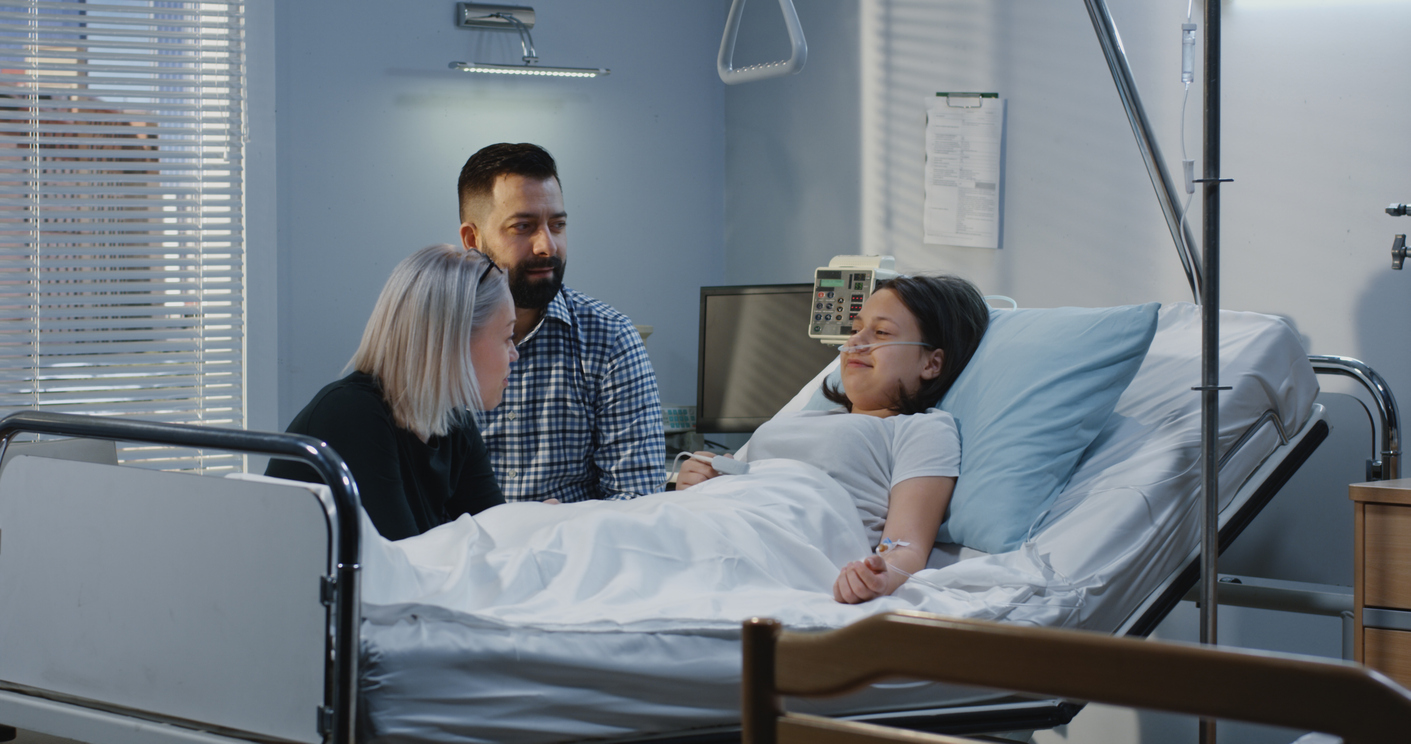Facing an emergency room visit without insurance can seem overwhelming, especially when unexpected costs pile up. In a study of 41.7 million emergency department visits from 2006 to 2017, nearly 1 in 5 uninsured patients risked facing catastrophic health costs, putting them in financial hardship.
Understanding what to expect helps you make smart choices when an emergency strikes. This article breaks down typical costs, explores practical financial options, and suggests alternatives to manage those surprise bills. Equip yourself with the right information to handle emergencies with confidence and ease, no matter your situation.
Understanding Emergency Rooms
Emergency Rooms (ERs) are special places ready to handle serious medical issues. Unlike urgent care or regular doctor visits, ERs are open all the time, 24/7. They’re set up to give quick care for severe problems, using the latest technology and skilled medical staff to care for people of all ages.
Here are common reasons people visit the emergency room:
- Chest Pain. Sudden chest pain could indicate heart problems or other serious conditions requiring thorough evaluation and care.
- Severe Injuries. Accidents leading to broken bones or deep cuts need immediate attention to prevent complications.
- Difficulty Breathing. Respiratory distress or shortness of breath must be assessed quickly, as it can signal underlying health issues.
- Uncontrolled Bleeding. Persistent bleeding can be life-threatening, necessitating rapid medical intervention.
- Signs of Stroke. Symptoms like sudden numbness or confusion require urgent care to minimize potential brain damage.
- Severe Allergic Reactions. Anaphylaxis or other intense allergic reactions need swift treatment to manage the response.
Cost of an Emergency Room Visit Without Insurance
An emergency room visit can be a major financial hit, especially if you don’t have insurance. While costs greatly depend on the severity of the issue, there’s no doubt that visiting the ER without insurance typically means paying much more out of pocket than someone with coverage.
In fact, according to 2021 data, the total cost of emergency department visits for patients who were treated and sent home hit $80.3 billion across 107.4 million visits. That breaks down to an average of about $750 per visit, but depending on your specific circumstances, the final bill could land quite a bit higher or lower.
The cost of an emergency room visit varies, and these are some typical expenses involved:
- Facility Fees. These fees cover the use of the hospital’s resources and can vary based on the level of care you receive. They’re a big part of the total cost, often determined by how serious your condition is.
- Doctor Fees. These charges are based on the expertise and services of the attending physicians who assess and treat your medical conditions during your visit.
- Laboratory and Imaging Tests. Tests like blood work, urinalysis, or chest X-rays help diagnose your condition accurately and are essential for effective treatment.
- Procedural Fees. If your treatment involves specific procedures, such as setting broken bones or stitching wounds, these costs will be added to your bill.
- Medication Costs. You may receive medications during your visit or be prescribed drugs to take afterward, which will add to the total expense.
Note: The costs mentioned above are general estimates and vary significantly based on your location, the hospital, and the specific care you receive. Without insurance, these expenses are typically higher and may not include additional fees such as follow-up care, ambulance transport, or specialist consultations. Always check with the hospital or emergency room for a detailed breakdown of charges related to your visit.
Other Factors Affecting Emergency Room Care Costs
Several factors influence how much you might pay for an emergency room visit:
- Severity of Condition. If you have a serious medical condition, such as a heart attack, the costs can be higher. This is because intensive care and additional tests are often needed to provide the best medical care.
- Type of Treatment Required. Some medical conditions need specific treatments or major procedures that can increase expenses. For example, surgery or specialized medical interventions will add to the cost.
- Geographic Location. The cost of care can change depending on where you live or which emergency room you go to. Urban areas or specialized facilities charge more than smaller, rural hospitals.
- Additional Tests. Sometimes, doctors need to perform extra tests to ensure an accurate diagnosis and treatment. These additional diagnostics can add up and affect the overall visit costs.
- Time of Visit. Visiting the emergency room during peak hours or on weekends might lead to higher costs due to increased demand for medical services.
- Insurance Status. If you lack insurance coverage, you may face higher out-of-pocket costs than those that an insurance company covers.
- Level of Care Needed. Patients requiring specialized care, such as intensive monitoring or complex medical procedures, may incur higher expenses.
- Hospital Policies. Different hospitals have varying policies on billing and service charges, which can affect the final amount you pay.
The Importance of Obtaining Health Insurance
Having health insurance provides several important benefits, especially when unexpected medical needs arise:
- Financial Security. With insurance coverage, your out-of-pocket costs for emergency and routine medical care decrease significantly. Insurance helps cover many of the expenses associated with medical conditions, reducing the financial burden on you and your family.
- Access to Comprehensive Care. Insurance helps you get more medical services, from regular check-ups with your doctor to special treatments for serious health issues. This ensures you can get the care you need without worrying about money.
- Protection from High Costs. Insurance safeguards against the high costs associated with emergency department visits and necessary treatments. It helps avoid unexpected expenses that can arise from sudden illnesses or injuries, giving you peace of mind in managing your health.
- Preventive Services. Many insurance plans cover preventive care like vaccines, screenings, and annual wellness visits at little to no cost. These services can catch health issues early, when they’re easier and less expensive to treat.
- Better Health Outcomes. People with insurance are more likely to seek care when needed, follow through with treatments, and manage chronic conditions, leading to better long-term health.
- Reduced Stress. Knowing you have coverage can ease the emotional and mental stress that comes with worrying about how to afford care in an emergency or during a health crisis.,
Ways to Estimate Your Costs
Understanding the potential costs of an emergency room visit can help you manage your expenses better. Here are some ways to estimate how much you might be charged:
Request Itemized Bills
Ask for a clear list of all the costs related to your visit. An itemized bill will help you see exactly what services you’re paying for, making it easier to spot any discrepancies or unexpected fees.
Use Online Cost Estimation Tools
Several online tools provide average cost estimates for common emergency room services, especially for those without insurance. These tools can give you a rough idea of what to expect, helping you prepare for potential out-of-pocket costs.
Consult the Billing Department
Speak directly with the emergency room’s billing office. They can offer insights into specific costs and explain charges related to your visit. This direct communication can clarify any questions you might have about your bill.
Options for Financial Assistance
If you’re facing high medical bills from an emergency room visit, several options for financial assistance may help:
- Hospital Charity Care Programs. Many hospitals have charity care programs designed to assist uninsured patients. These programs often reduce or waive fees based on your financial situation, allowing you to receive necessary medical care without the full burden of the cost.
- Payment Plans. Hospitals often offer the option to set up a payment plan, spreading your bill into smaller, more manageable payments over time. This approach can ease the immediate financial pressure by allowing you to pay off your emergency medical expenses gradually.
- Government Aid Programs. Programs such as Medicaid provide essential financial relief to those who meet certain income and eligibility criteria. Applying for such aid can help cover emergency department visits and reduce the overall cost burden.
Alternatives to Emergency Rooms
For non-life-threatening conditions, there are alternatives to emergency rooms that can save you money and provide timely care:
- Urgent Care Centers. These facilities are well-suited for minor injuries or illnesses, such as sprains, minor cuts, or infections. An urgent care visit is typically more affordable than an emergency department visit and often has shorter wait times.
- Telemedicine Services. Through virtual consultations, you can access medical advice without leaving your home. Telemedicine is perfect for non-emergencies or when you need quick medical guidance, helping reduce both travel time and costs.
- Community Health Centers. These centers provide medical services at reduced rates, often using a sliding fee scale based on your income and insurance status. They offer a broad range of healthcare options, making them a budget-friendly choice for routine care and follow-ups.
Discover Compassionate ER Care and Support at Reliant Emergency Room in Corpus Christi
Knowing the costs of an emergency room visit without insurance helps you make informed decisions in unexpected situations. At Reliant Emergency Room, we’re dedicated to offering expert medical care and advice. Our skilled team in Corpus Christi is ready to provide guidance tailored to your needs.
If you need immediate help or have questions about our services, contact us today. We deliver top-quality emergency care with compassion, ensuring you’re ready for any medical scenario. Trust us to support your health journey.







